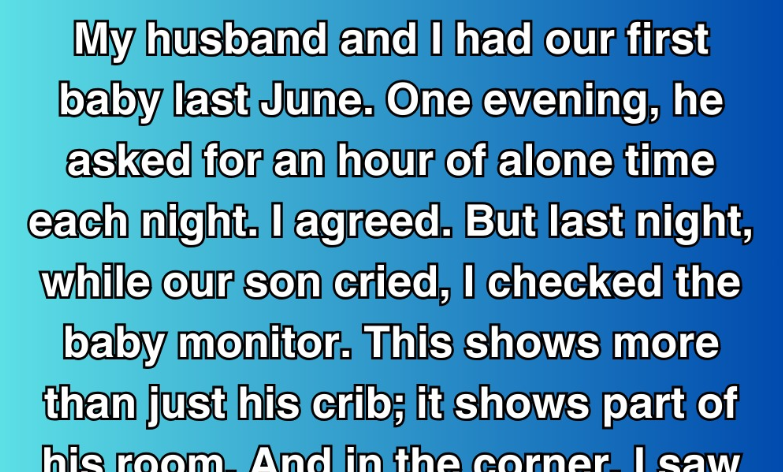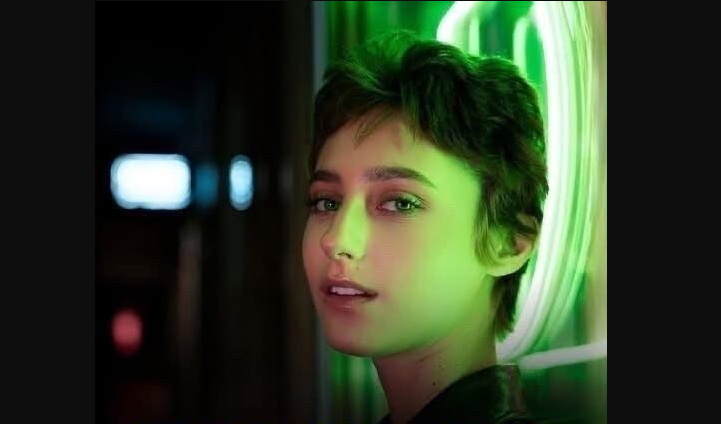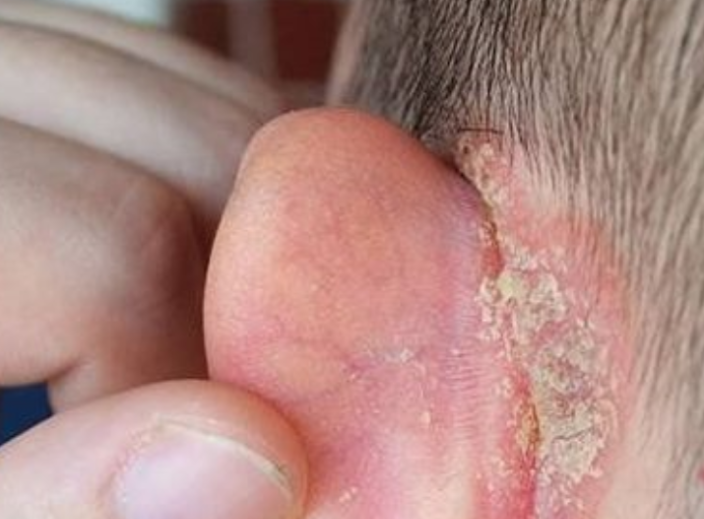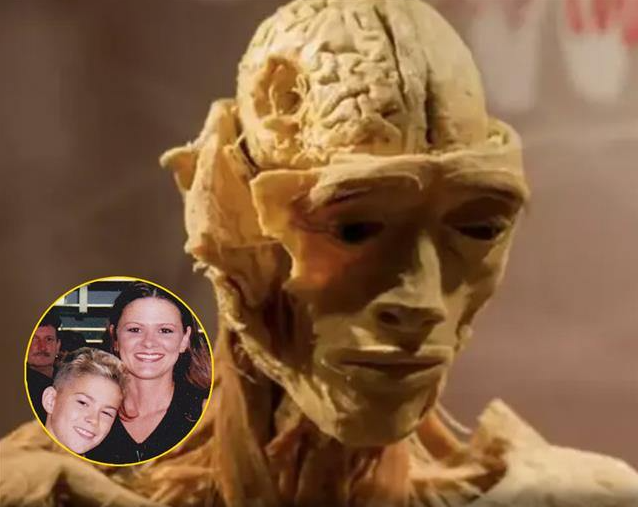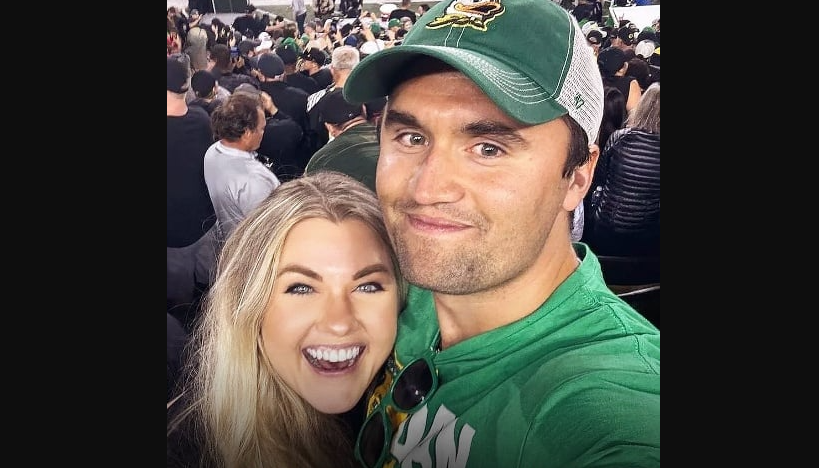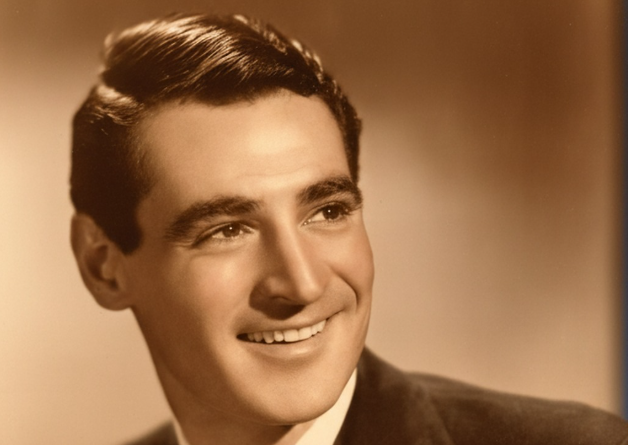Last June, my husband and I welcomed our first child into the world. One evening, he gently requested an hour of solitude each night to unwind. I nodded in agreement, understanding his need for space. Yet, one night, as our son’s cries echoed through the house, I glanced at the baby monitor’s glowing screen. In the dim nursery, I saw my husband sitting on the floor, surrounded by scattered photo albums, clutching our son’s stuffed giraffe. His soft whispers carried through the monitor: “I’m sorry, I’m trying.” The sight of him—my rock, my steady partner—quietly unraveling in the shadows tugged at my heart.
The following morning, I called my workplace to take a personal day. After he left for his job, I slipped into the nursery and found the wedding album on a shelf. Tucked between its pages was a photograph I’d never seen before: my husband as a teenager, standing beside his mother, her face etched with life’s hardships. On the back, in faded ink, it read: “Me and Mom. Spring ‘02.” He had shared years ago that his mother had passed away long before we met. That evening, I approached him gently, saying, “I saw you on the monitor last night.” He paused, his eyes searching mine, then began to speak. He revealed his deep fear of not being a good father, shaped by a childhood without a steady paternal figure. His mother, he explained, had battled addiction and often felt distant.
That conversation shifted our world. We decided to replace his “alone time” with moments we could share. Each evening, we’d sit on the porch, sometimes talking, sometimes crying, sometimes simply sitting in silence, letting the night wrap around us. One evening, he handed me a folded note. It read: “I don’t know how to be a father yet. But I know I want to be different from the one I had.” I looked at him and said he was already forging a new path by showing such care. We began attending therapy together, creating small family rituals, and started a new photo album filled with memories for our son.
Months later, a letter arrived from his mother’s sister. She had discovered a collection of unsent letters, one of which was addressed to him. It read: “I didn’t know how to be your mother. I barely knew how to care for myself. But my love for you never wavered.” Tears streamed down his face as he whispered to the letter, “Thank you.” We chose to honor her by giving our second child her middle name.
Half a year later, his estranged father, now in recovery, reached out to reconnect. After much thought, we welcomed him for a visit. He arrived with a handmade train set and spent hours on the floor playing with our son. My husband turned to me and said, “This room used to feel so heavy. Now it’s a place of warmth.” Healing unfolds in its own quiet, tangled way. And it’s enough.
